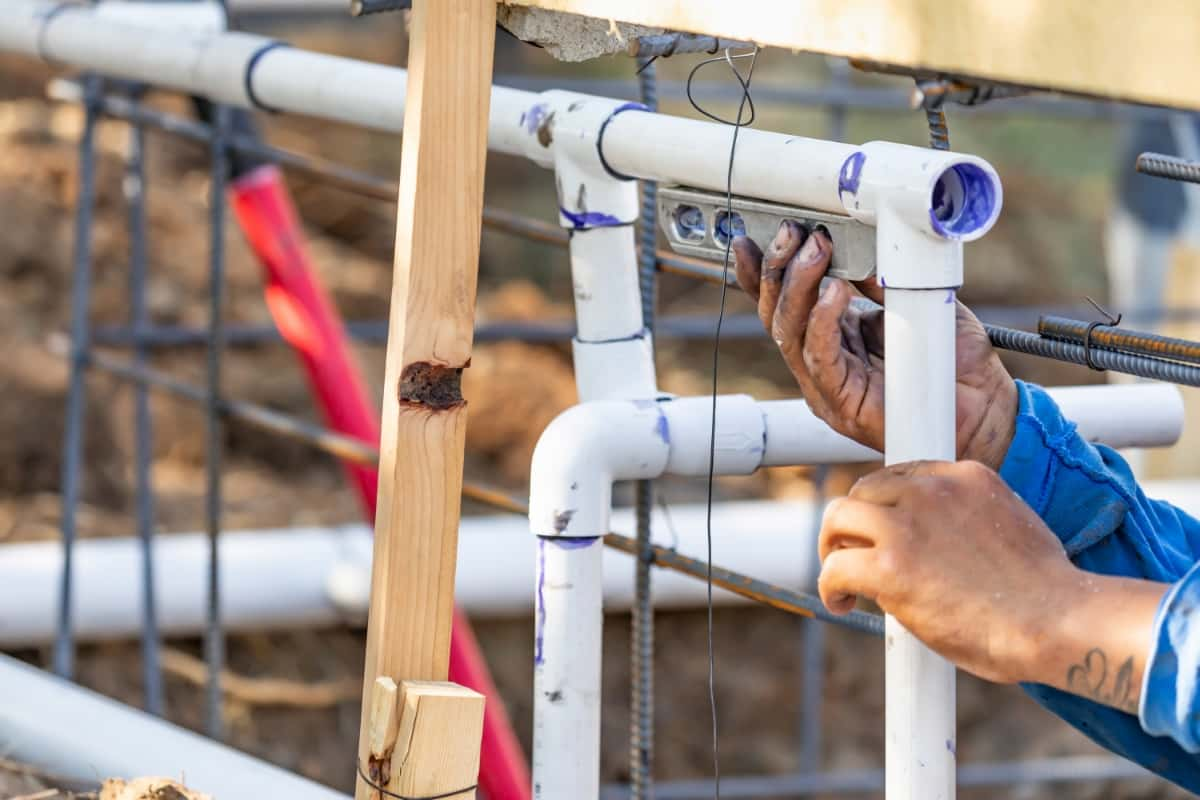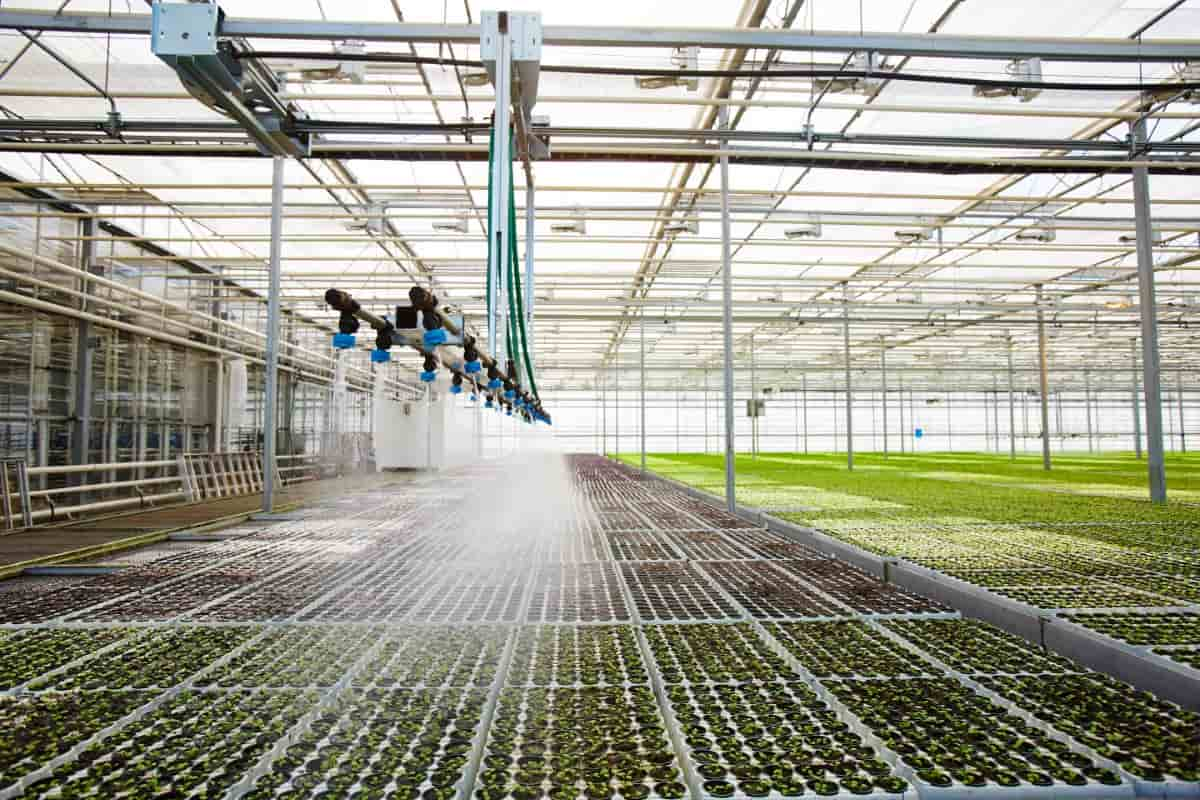The cost of installing PVC pipe irrigation systems in India has become a topic of interest for many farmers and agriculturists seeking to enhance their irrigation practices. These systems, including options like drip and sprinkler irrigation, offer a modern approach to water management in fields. The cost of a sprinkler system for 1 acre in India and the drip irrigation cost per acre are critical factors that farmers consider.

Popular choices like the Jain drip irrigation system also come with their specific cost per acre, which is essential information for budgeting and planning. The 1-acre drip irrigation price and the overall drip irrigation cost calculator tools help estimate the financial requirements for setting up these systems. In this context, understanding the drip irrigation cost per acre in India is significant for farmers who are planning to invest in these systems for better crop yield and water usage efficiency.
Cost for Installing PVC Pipe Irrigation
Advantages of PVC Pipe Irrigation System
PVC pipe irrigation systems offer numerous advantages, making them a popular choice among Indian farmers. One of the primary benefits is their durability; PVC pipes are resistant to weather changes and decay, ensuring a long-lasting irrigation solution. They are also lightweight, which makes them easy to handle and install. The efficiency of PVC pipes in water distribution is another significant advantage, as they help in reducing water wastage, a crucial factor in areas where water scarcity is a concern.
These systems are adaptable and can be used for various types of crops, enhancing their versatility. The low maintenance requirement of PVC pipes also adds to their appeal, as it reduces long-term costs and labor involved in upkeep. Furthermore, PVC pipe systems contribute to better crop yield by ensuring uniform water distribution, an essential factor for consistent crop growth.
Types of PVC Pipes Used in Irrigation
In irrigation systems, several types of PVC pipes are used, each serving a specific purpose. The most common types include uPVC (unplasticized PVC) pipes, which are widely used due to their rigidity and durability. These pipes are ideal for main and sub-main lines in irrigation systems. Another type is the flexible PVC pipe, which is used for areas requiring slight bends and curves, providing versatility in installation.
For drip irrigation systems, micro PVC pipes or tubing, which are smaller in diameter and are perfect for water delivery directly to the plants’ root zones, are used. Choosing the right type of PVC pipe is crucial for the efficiency and longevity of the irrigation system.
Components of a PVC Pipe Irrigation System
A PVC pipe irrigation system comprises various components that work together to ensure efficient water distribution to crops. The main component is the PVC pipes, which form the backbone of the system, carrying water to different parts of the field. Fittings like elbows, tees, and connectors are used to join pipes and create the desired network layout. Valves play a crucial role in controlling the flow of water, allowing for the regulation of water supply to different sections of the field.
In case you missed it: Irrigation Subsidies for Indian Farmers: Subsidy for Drip, Sprinkler, and Micro-irrigation Systems

For drip irrigation systems, emitters or drippers are essential components, as they control the release of water near the plant roots at a controlled rate. Filters are also important to prevent clogging of the system by trapping sediments and debris. Pressure regulators maintain the required water pressure in the system, ensuring uniform water distribution.
Installation Process of PVC Pipe Irrigation System
The installation process of a PVC pipe irrigation system involves several steps, each critical for ensuring the system’s efficiency and durability. The first step is planning the layout, which includes determining the pipe sizes and lengths, the location of the main and sub-main lines, and the placement of valves and emitters. After the plan is in place, the next step is to prepare the site, which may involve digging trenches for the pipes.
The PVC pipes are then laid out according to the plan and connected using the appropriate fittings. Valves are installed at strategic points to control the flow of water, and emitters are placed in drip irrigation systems. After the physical installation, a test run is conducted to check for any leaks or blockages and to ensure the system is functioning correctly. Adjustments are made as needed. Once the system is operational, regular maintenance is necessary to keep it running efficiently.
Maintenance of PVC Pipe Irrigation System
Maintaining a PVC pipe irrigation system is crucial for its longevity and efficiency. Regular inspections are the first step in maintenance, involving checking for leaks, blockages, or damage to the pipes and fittings. Any leaks found should be repaired promptly to prevent water wastage and damage to the surrounding area. Cleaning the system is another vital aspect, especially for drip irrigation systems where emitters can get clogged.
Seasonal maintenance is also important, particularly in regions with extreme weather changes. Before the onset of cold weather, it’s necessary to drain the system to prevent damage from freezing. The pressure regulators and valves need periodic checks to ensure they are functioning correctly and maintaining the right water pressure. Replacing worn-out or damaged components promptly is important to avoid disruptions in the irrigation schedule.
Cost-Effectiveness of PVC Pipe Irrigation Systems
The cost-effectiveness of PVC pipe irrigation systems in India is a significant factor contributing to their popularity among farmers. These systems, though requiring an initial investment, offer long-term savings and benefits. The durability of PVC pipes means that they have a long lifespan with minimal need for replacements, translating into cost savings over time. The efficiency of these systems in water distribution helps in reducing water wastage, which is not only environmentally beneficial but also lowers water costs.
In case you missed it: Watering Techniques and Irrigation Systems in Banana Plantation

For farmers concerned about the cost of a sprinkler system for 1 acre in India or the drip irrigation cost per acre, PVC systems offer an affordable and viable option. The 1-acre drip irrigation price, when considered alongside the increased crop yield and reduced water usage, often justifies the initial investment. Additionally, the low maintenance requirement of PVC systems further adds to their cost-effectiveness.
Total Cost for Installing PVC Pipe Irrigation System in India
- Cost of PVC Pipes: The cost ranges from INR 50 to INR 150 per meter. For a small-scale system requiring around 500 meters, the total cost would be between INR 25,000 to INR 75,000.
- Cost of PVC Pipe Fittings: Fittings like couplers, elbows, and valves cost between INR 20 and INR 100 per piece. The total for a comprehensive system can amount to INR 15,000 to INR 50,000.
- Cost of Pump: Pumps range from INR 5,000 for smaller capacity to over INR 50,000 for high-capacity ones.
- Cost of Filters and Screens: These components are priced between INR 2,000 and INR 10,000, depending on type and capacity.
- Cost of Installation Labor: Skilled labor costs vary by region but typically fall between INR 10,000 and INR 30,000 for a medium-sized system.
- Cost of Control Valves: Necessary for regulating water flow, these valves can cost from INR 1,500 to INR 5,000 each.
- Cost of Drip Emitters or Sprinklers: The price for these varies based on the type and needed coverage, ranging from INR 2 to INR 20 per unit.
- Cost of Pressure Regulators: Essential for maintaining optimal pressure levels, their cost ranges from INR 500 to INR 2,000 per regulator.
- Cost of Electrical Connections: This cost varies significantly based on the complexity and scale of the required electrical work.
Total Estimated Cost: Combining all these expenses, the total cost for installing a PVC pipe irrigation system in India can range from approximately INR 75,000 to over INR 2,00,000, depending on scale, quality of components, and labor costs.
In case you missed it: Irrigation Management Strategies for Broccoli Farms: Broccoli Watering Techniques

Conclusion
The installation of a PVC pipe irrigation system in India presents a cost-effective solution for efficient water management in agriculture, with total expenses ranging from INR 75,000 to over INR 2,00,000. This investment enhances farming efficiency and sustainability, making it a valuable asset for the agricultural sector in India.
- Feed Your Flock for Less: Top 10 Tips to Save on Chicken Feed
- Ultimate Guide to Ossabaw Island Hog: Breeding, Raising, Diet, and Care
- Hatching Answers: The Top 10 Reasons Your Chickens Aren’t Laying Eggs
- Eggs and Economics: Breaking Down the Cost of Raising Backyard Chickens
- Defend Your Greens: Proven Methods to Keep Iguanas Out of Your Garden
- Ultimate Guide to Cinnamon Queen Chicken: A Comprehensive Guide for Beginners
- Ultimate Guide to California Tan Chicken: Breeding, Raising, Diet, Egg-Production and Care
- Ultimate Guide to Marsh Daisy Chicken: Breeding, Raising, Diet, and Care
- 10 Types of Chicken Farming Businesses You Can Start for Profits